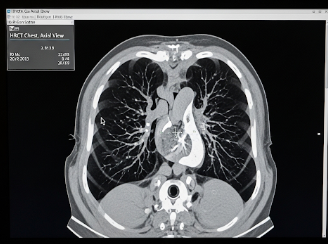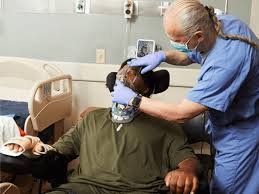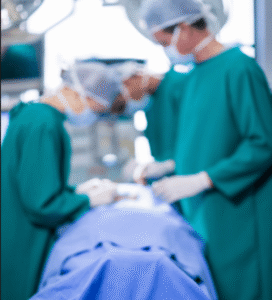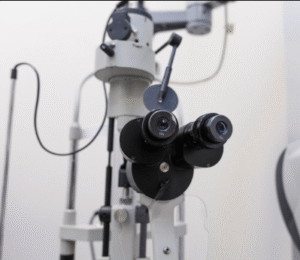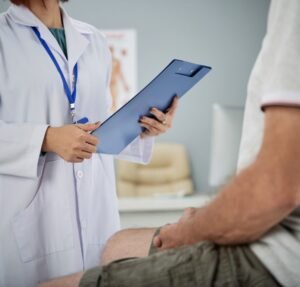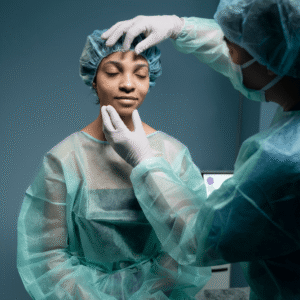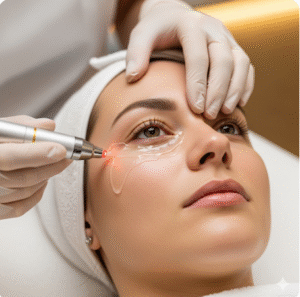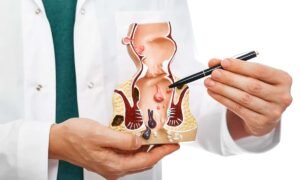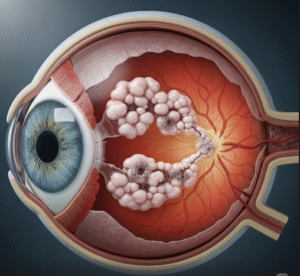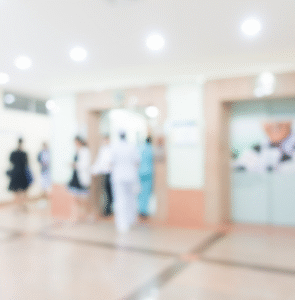Overview
HRCT (High-Resolution Computed Tomography) is a specialized imaging technique used to obtain detailed images of the lungs, chest structures, and certain tissues. Unlike standard CT scans, HRCT provides high-resolution images with fine detail, allowing doctors to detect lung diseases, interstitial lung disorders, and structural abnormalities at an early stage.
South Korea is renowned for advanced imaging technology, expert radiologists, and high-precision diagnostic facilities, making it a preferred destination for patients seeking accurate, comprehensive, and timely HRCT scans.
What is HRCT?
HRCT is a medical imaging procedure that uses X-rays and specialized scanners to:
- Capture thin-section, high-resolution images of the lungs and chest
- Detect fine details of lung tissue, airways, and surrounding structures
- Assist in diagnosing interstitial lung disease, pulmonary fibrosis, emphysema, bronchiectasis, and early-stage lung infections
- Provide data for pre-surgical planning or treatment monitoring
Key differences from a standard CT scan:
- Higher image resolution → Better visualization of small lung structures
- Focused on the chest/lungs → May include multiple thin slices with precise intervals
- Short scan time → Usually completed within minutes
What are the Benefits?
- Early detection → Identifies lung abnormalities before symptoms develop
- Detailed imaging → Fine details of alveoli, bronchioles, and interstitial tissue
- Assists in diagnosis and treatment planning → Guides doctors for medications, interventions, or surgery
- Non-invasive → No need for incisions or exploratory procedures
- Rapid results → Images can be analyzed immediately by experienced radiologists
- High accuracy → Reduces the need for repeat scans or invasive tests
Procedure Details
1) How should I prepare for an HRCT?
- Consult your doctor → Provide medical history, symptoms, and previous imaging reports
- Fasting → Usually not required unless contrast is used
- Clothing → Wear loose, metal-free clothing; remove jewelry, belts, and metal objects
- Medication review → Notify the radiologist if taking medications or if you have kidney issues (if contrast is planned)
- Special instructions → Pregnant patients must inform the technician; children may require special guidance
2) What happens during the HRCT procedure?
- Positioning → Patient lies on the CT table, usually on their back
- Scanning →
- Thin-section X-rays are taken in rapid succession
- Patient may need to hold their breath for a few seconds to reduce motion blur
- In some cases, contrast dye may be injected to enhance visibility of blood vessels and tissues
- Duration → 10–30 minutes depending on whether contrast is used
- Monitoring → Radiology team monitors patient comfort and ensures quality imaging
3) What happens after an HRCT?
- Immediate post-procedure → Resume normal activities immediately
- Results → Images are analyzed by radiologists; results shared with referring doctor
- Follow-up → Based on findings, doctor may recommend additional imaging, treatment, or biopsy
- Contrast considerations → Drink plenty of water if contrast was used to flush it from the system
Risks / Benefits
Risks
- ➤ Radiation exposure → Higher than a standard chest X-ray but generally safe when medically indicated
- ➤ Allergic reaction to contrast dye (rare)
- ➤ Discomfort → Temporary anxiety or claustrophobia during scanning
- ➤ Kidney issues → Rare, mostly in patients with pre-existing kidney disease when contrast is used
Benefits
- ➤ Accurate detection of lung and chest conditions
- ➤ Non-invasive and fast
- ➤ Guides treatment and pre-surgical planning
- ➤ Reduces need for exploratory procedures
- ➤ Access to expert radiologists and advanced imaging technology in Korea
Recovery and Outlook
- Immediate recovery → No downtime; patients can resume daily activities immediately
- Follow-up care → Doctor reviews HRCT results and decides next steps
- Long-term outlook → Early detection of lung conditions improves prognosis and allows timely treatment
- Lifestyle adjustments → Smoking cessation, pulmonary rehabilitation, or treatment of underlying conditions as recommended
South Korea provides comprehensive diagnostic imaging services, combining high-resolution technology with expert radiology teams to ensure accurate detection and optimal care planning.
When To Call the Doctor
Contact your doctor immediately if you notice:
- ⚠️ Symptoms worsening despite normal imaging
- ⚠️ Allergic reactions after contrast dye administration (rash, itching, swelling, difficulty breathing)
- ⚠️ Kidney-related symptoms (reduced urine output, swelling) post-contrast
- ⚠️ Persistent chest pain or shortness of breath that was not addressed by the HRCT findings
Best Korea Option / Process
South Korea is a leading destination for HRCT scans due to:
- Advanced high-resolution CT scanners with ultra-thin slice imaging
- Expert thoracic radiologists and pulmonologists
- Rapid imaging and reporting → Same-day results available in many hospitals
- Integration with other diagnostic tests → Pulmonary function tests, MRI, and lab results for comprehensive assessment
- International patient support, including appointment scheduling, translation, and follow-up guidance
Top Hospitals for HRCT in Korea:
- Asan Medical Center, Seoul – Advanced thoracic imaging and expert radiology team
- Samsung Medical Center – High-resolution CT with precise diagnostics for lung and chest diseases
- Seoul National University Hospital (SNUH) – Specialized pulmonary imaging and early disease detection
- Yonsei Severance Hospital – Comprehensive imaging and diagnostic follow-up for international patients
👉 For patients with lung disease, chronic respiratory symptoms, or pre-surgical assessment needs, HRCT in Korea provides accurate, non-invasive, and timely imaging with expert analysis and high-resolution detail.

